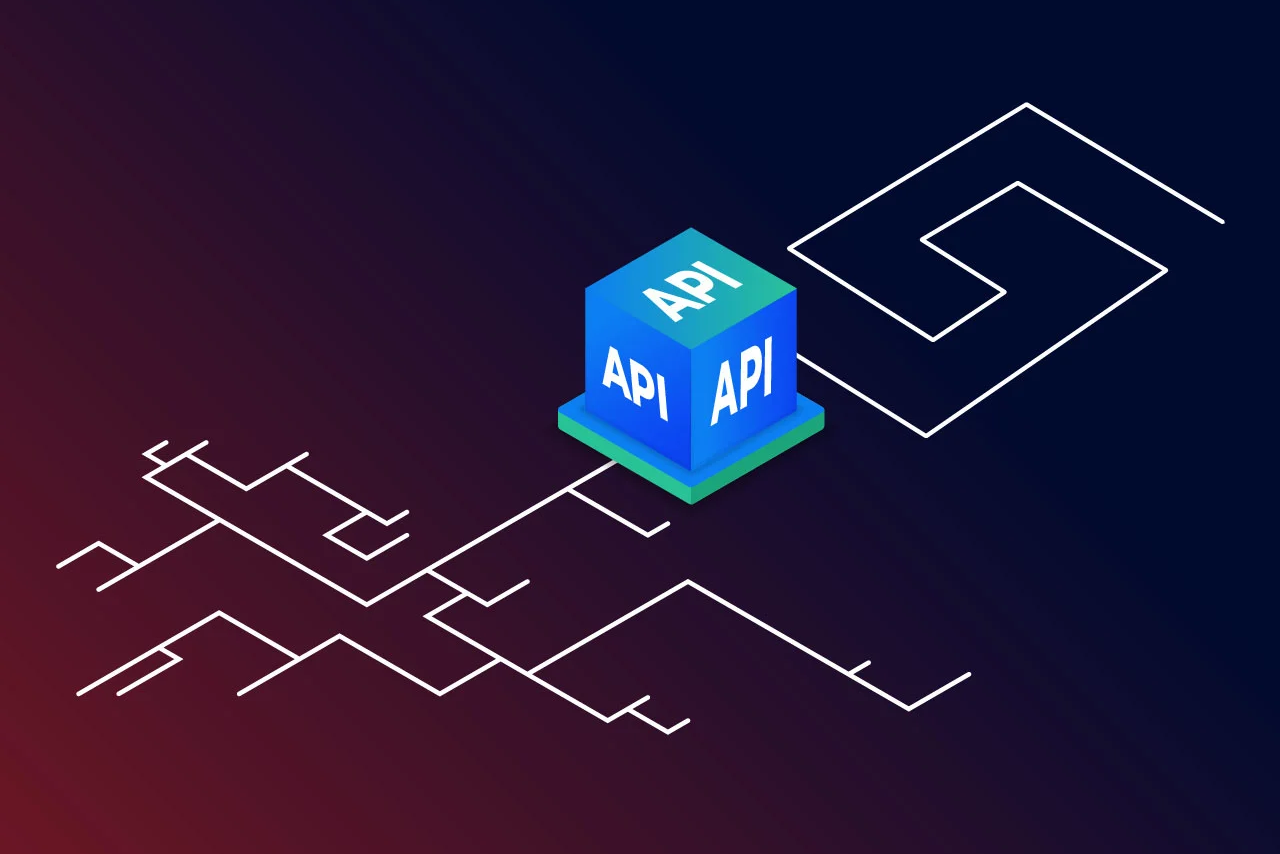Integrating PostalParcel Tracking with ERP Systems for Automated Logistics Updates
The fast-paced global e-commerce and cross-border logistics world requires real-time visibility and automated updates for operational efficiency, customer satisfaction, and scalable growth. For many online sellers, 3PL providers, and logistics service companies, integrating tracking platforms like PostalParcel with their ERP systems unlocks significant value. This article explores how PostalParcel Tracking integrates with ERP systems to achieve automated logistics updates, streamline workflows, and enhance service quality.

1. The Role of Postal Parcel Tracking in Cross-Border E-commerce
PostalParcel.com is an international logistics tracking and management platform designed to simplify parcel tracking for e-commerce sellers, logistics service providers, and individual users. Its core mission is to aggregate multiple logistics channels into one unified Tracking API, providing users with a seamless, consolidated view of their packages across postal services, courier companies, and cross-border memorable lines.
Key Features of PostalParcel Tracking
- Multi-channel Tracking Aggregation: Supports entering single or batch tracking numbers to retrieve status updates from diverse logistics providers.

- Real-time Updates: Pulls the latest tracking data via logistics APIs, covering in-transit, customs clearance, out for delivery, and delivered statuses.
- Status Standardization: Translates and classifies varying carrier status codes into unified, user-friendly labels for clear understanding.
These features make PostalParcel a valuable tool for businesses managing hundreds or thousands of international shipments daily.
2. Why Integrate Tracking with ERP Systems?
An ERP (Enterprise Resource Planning) system centralizes business data, covering inventory, orders, customer management, and finances. However, ERP records often lag behind actual shipping progress without real-time logistics updates. Integrating PostalParcel’s Tracking API with ERP platforms brings:
- Automated Logistics Updates: Shipment statuses automatically synchronize with order records.
- Improved Customer Communication: Accurate real-time tracking data enhances post-purchase experiences.
- Operational Efficiency: Reduces manual data entry, saving time and minimizing errors.
- Better Inventory and Returns Management: Real-time visibility of delivered orders informs stock adjustments and triggers after-sales workflows.
3. How PostalParcel Tracking Integrates with ERP Systems
3.1 API Aggregation Capability
PostalParcel aggregates global postal services (China Post, USPS), international couriers (DHL, UPS), and cross-border special line logistics APIs. This unified approach eliminates the need for businesses to individually integrate with each logistics provider, simplifying development and maintenance costs.

For ERP systems, this means:
- One integration endpoint for multiple logistics channels.
- Standardized tracking status codes, reducing logic complexity in ERP implementations.
- Access to batch tracking capabilities for high-volume order processing.
3.2 Typical Integration Workflow
- Order Creation in ERP: The ERP system records order details, including the carrier and tracking number.
- API Call to PostalParcel: Using PostalParcel’s Tracking API, the ERP queries track statuses in real time or at scheduled intervals.
- Status Standardization and Storage: PostalParcel returns standardized tracking data, which the ERP saves in its order tracking module.
- Automated Customer Updates: ERP triggers customer notifications, such as shipment dispatched, customs cleared, or delivered.
- Reporting and Analytics: ERP uses the updated tracking data for delivery performance analysis, SLA tracking, and operational optimization.
3.3 Multi-language and Multi-timezone Support
PostalParcel’s tracking responses support multiple languages and time zones, ensuring ERP platforms can display localized status updates to users worldwide, which is critical for global e-commerce sellers and their customers.

4. Integration Best Practices
4.1 Define Business Objectives Clearly
Before starting integration, clarify your goals:
- Automating customer notifications
- Improving inventory management accuracy
- Enhancing delivery performance tracking
This ensures the integration scope aligns with operational priorities.
4.2 Plan for Data Mapping
Map PostalParcel’s standardized tracking statuses to your ERP’s existing order status codes to maintain system consistency.
4.3 Ensure API Security
Use secure API key management and authentication protocols to protect sensitive shipment data between PostalParcel and your ERP.

4.4 Optimize API Call Scheduling
Design query schedules that balance update frequency with API rate limits and performance considerations, such as hourly updates for in-transit shipments and daily updates for delivered orders.
4.5 Implement Robust Error Handling
Build fallback mechanisms to handle potential API downtime, incomplete responses, or integration failures to maintain data integrity and user trust.
4.6 Test Extensively Before Deployment
Conduct thorough testing in staging environments to validate:
- Data accuracy

- Status synchronization
- Notification triggers
- Performance under typical and peak loads
This prevents unexpected issues post-launch.
5. Technical Considerations for Integration
While integrating PostalParcel with ERP systems, consider:
- API Rate Limits: Ensure your ERP respects PostalParcel’s API rate limitations for high-volume queries.
- Data Mapping: Align PostalParcel’s standardized status codes with internal ERP status structures for seamless updates.
- Security and Authentication: Use API keys or OAuth securely to protect data exchanges.
- Update Scheduling: Design scheduled queries based on business needs, e.g., every hour for in-transit shipments and every day for delivered shipments.
- Error Handling: Implement robust error handling and fallback logic to manage API downtime or incomplete data scenarios.
6. The Business Value of Integration
Integrating PostalParcel Tracking with ERP systems drives multiple business benefits:
- Streamlined operations by eliminating manual tracking updates.
- Faster, accurate communication with customers enhances satisfaction and loyalty.
- Improved visibility across the supply chain for proactive problem resolution.

- Competitive advantage in global e-commerce is achieved by providing transparent, reliable delivery experiences.
7. Conclusion
Seamless integration between logistics tracking platforms and ERP systems is critical. PostalParcel’s robust Tracking API, multi-channel aggregation, status standardization, and real-time updates empower businesses to automate logistics workflows efficiently. By integrating PostalParcel Tracking into your ERP, your team can achieve operational excellence, enhance customer trust, and stay ahead in the competitive cross-border market.
Start integrating PostalParcel with your ERP today to unlock automated logistics updates and elevate your business performance.
Industry Insights
news via inbox
Nulla turp dis cursus. Integer liberos euismod pretium faucibua








